Last Updated: 07/05/2025
How to Teach Your Dog to Leave It
A reliable 'leave it' command and response is essential in your dog training toolbox. Read our Vet-guide for how to teach your dog to leave things alone.
Author: Dr Brittany Ward BVSc
Reading Time: 20 minutes - medium read
Every dog owner knows that moment of horror when they drop chocolate on the ground and the dog has slid in and snatched it up before you can get it! You never know when your dog might find something that is potentially toxic or dangerous for them to eat and you need to call them away. Leave can also be applied to things like bikes, other animals and people, which is why a reliable 'Leave It' command is an essential in your training tool box.
Need supplies for your new puppy?
Check out our Better Puppy Bundle - a complete vet-approved puppy essentials pack, designed to help tick off your 'new puppy checklist'. It contains parasite prevention, toys, treats, training aids, food vouchers, and more!
Filled with up to $230 worth of products, our discounted price ($49.95) makes for incredible value! This new puppy bundle is available in different sizes - for small, medium, or large breed pups.
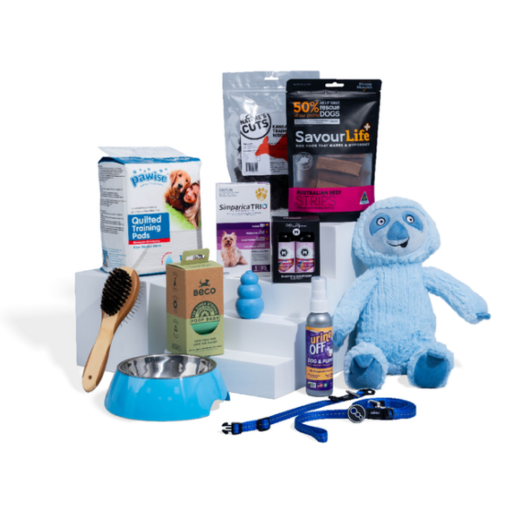
Contents:

1. Understand How Training Works

2. Get The Right Gear

3. Introduce The Treat

4. Capture and Reward

5. Add In A Command

6. Place The Treat On The Ground

7. Apply To A Walking Situation

8. Increase The Difficulty
Step 1 - Understand How Dog Training Works

Dogs learn just like humans, by trial and error. Their learning goes on whether we are actively teaching them or not. Dogs learn in 2 main ways - through classical conditioning, or operant conditioning.
When we are training our dogs to perform certain behaviours or tricks, we are using operant conditioning. This is where we pair the appropriate behaviour with a reward, which makes the behaviour more likely to happen the next time. If used correctly through positive reinforcement, operant conditioning can create a wonderful bond between you and your dog, and is so beneficial for their mental health and enrichment. Dogs will naturally seek to perform behaviours that have brought positive consequences, and will try to avoid behaviours that have brought negative consequences in the past.
Step 2 -Get The Right Gear
Before you start training, it's important to have the right tools to make your dog's learning a success. Everyone who will be involved in training your dog should use consistent techniques and commands to help your dog learn quickly and effectively.
'Luring' and 'capturing' are 2 important words in dog training. 'Luring' means to guide your dog to perform a behaviour by using a tasty dog training treat in front of his nose to get him to move his body into the correct position. The 'lure' is the treat. Capturing the behaviour means that you let your dog know that they've performed the correct behaviour the moment that it occurs. This can be through the use of a specific word or phrase, like 'yes' or 'good boy', or a dog clicker. This is then followed up by giving your dog the treat. The specific word, phrase or clicker becomes the 'bridge' between behaviour and reward, and becomes an indication to your dog to expect a reward.
Clickers are very beneficial when teaching behaviours and tricks. They are used to capture behaviours the moment they occur, and are useful as they are a unique sound that your dog will not hear elsewhere. For more information, see our article Clicker Training Your Dog .
Top Recommended Training Tools
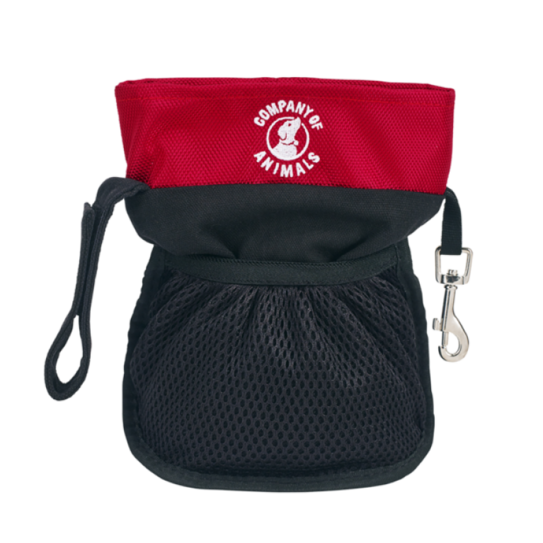
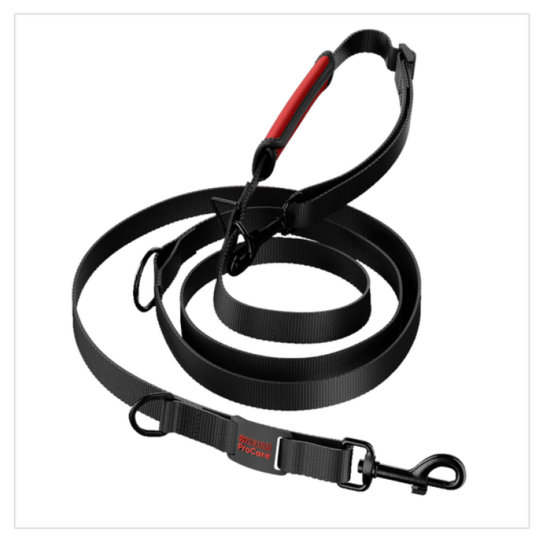
Top Recommended Training Treats
There are a wide variety of treats available, but for everyday training, we recommend using a high value treat that is soft and easily broken up into bite sized pieces for quick reward before continuing with training.
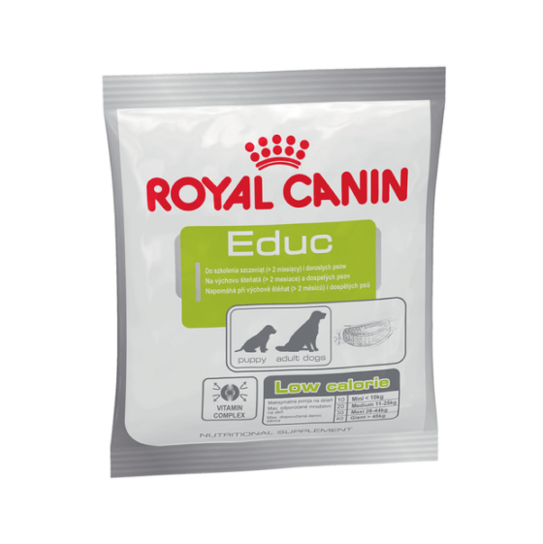
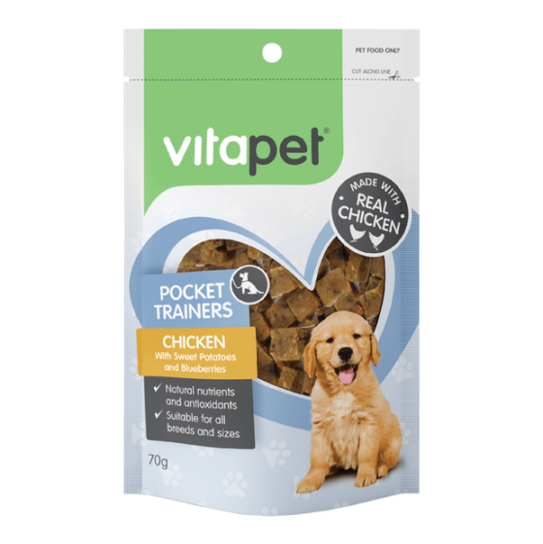
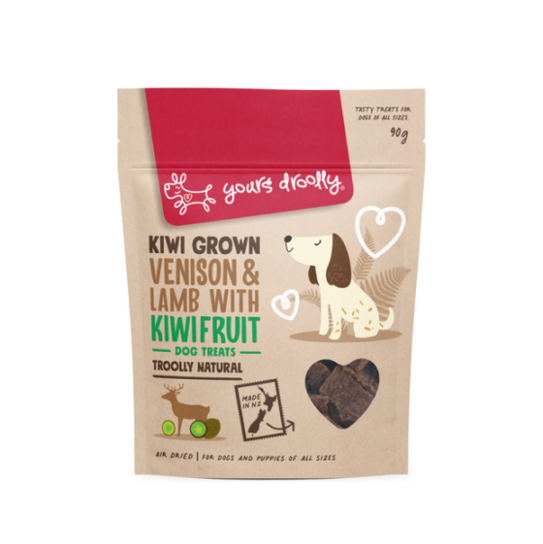
Step 3 - Introduce The Treat
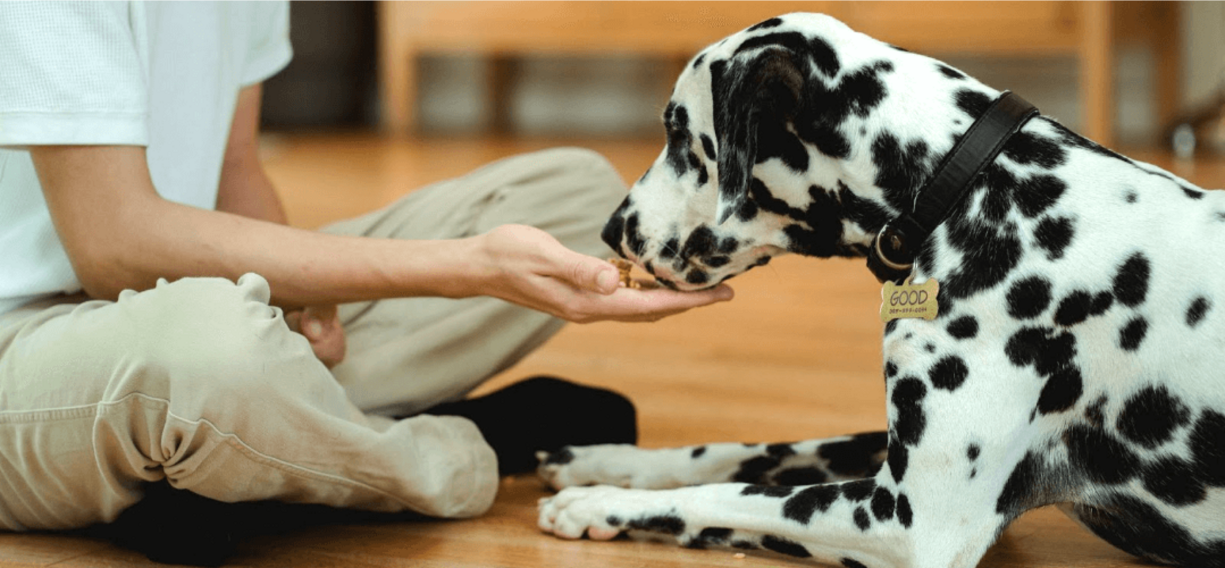
To start training 'Leave it', you will need to have two treats at the ready. Place one treat in your palm and offer it to your dog. Your dog will attempt to take this treat, but close your palm to prevent them getting it.
Step 4 -Capture and Reward
Wait until your dog leaves the treat alone, then capture with your marker word or clicker and reward them with the treat from your other hand. Repeat these two steps..
Step 5 - Add In A Command
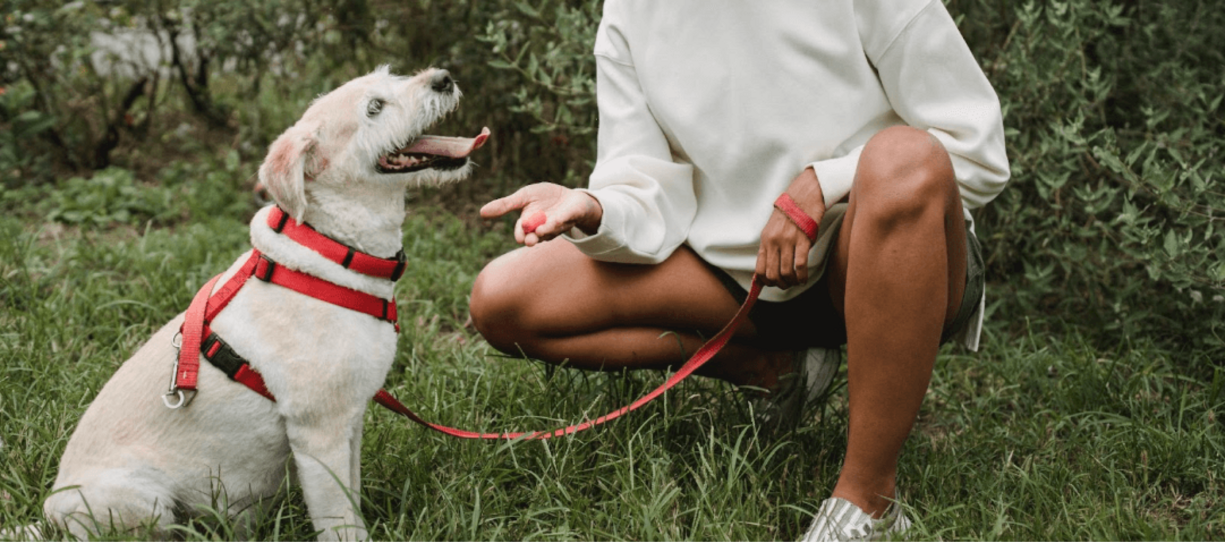
Once your dog is able to ignore the treat in your open palm as soon as it is offered, add in the command 'Leave' as you offer the treat. Reward them from your other hand.
Step 6 - Move The Treat's Location
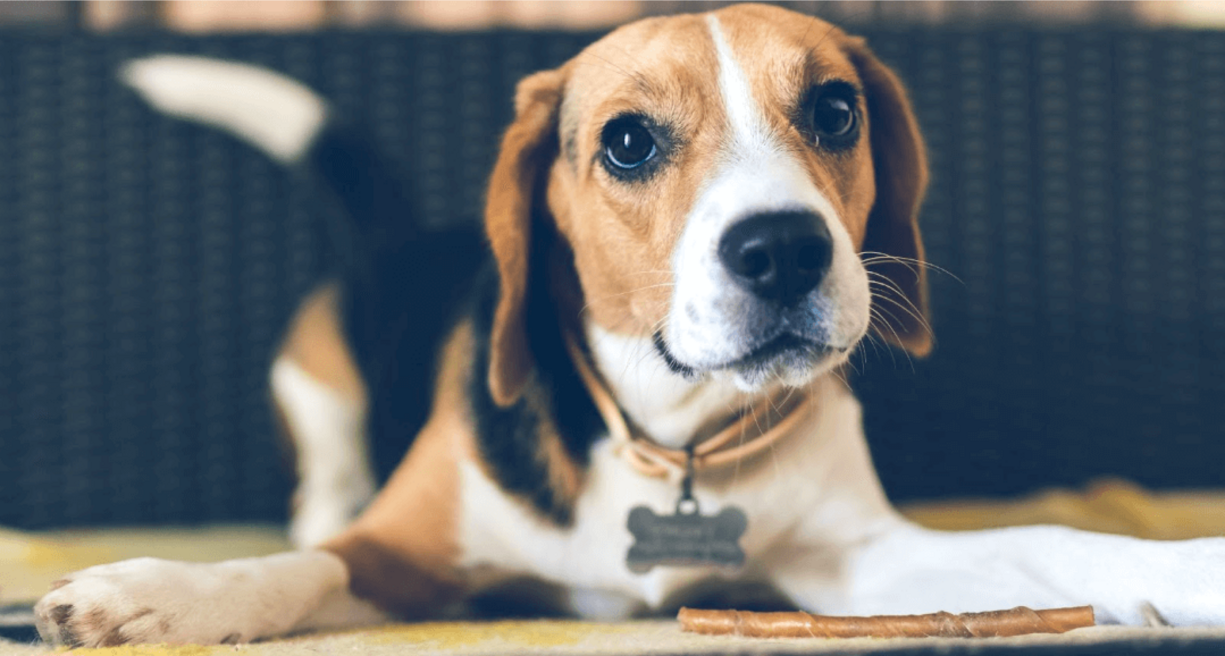
Now that your dog is comfortable ignoring the treat offered in your palm, start placing the treat on the ground. Cover it with your hand or foot to prevent your dog getting it. Apply the 'Leave' command to this once your dog is reliably looking away from the food on the ground. You can increase the difficulty by dropping the treat or placing it closer to your dog.
Step 7 - Apply To A Walking Situation
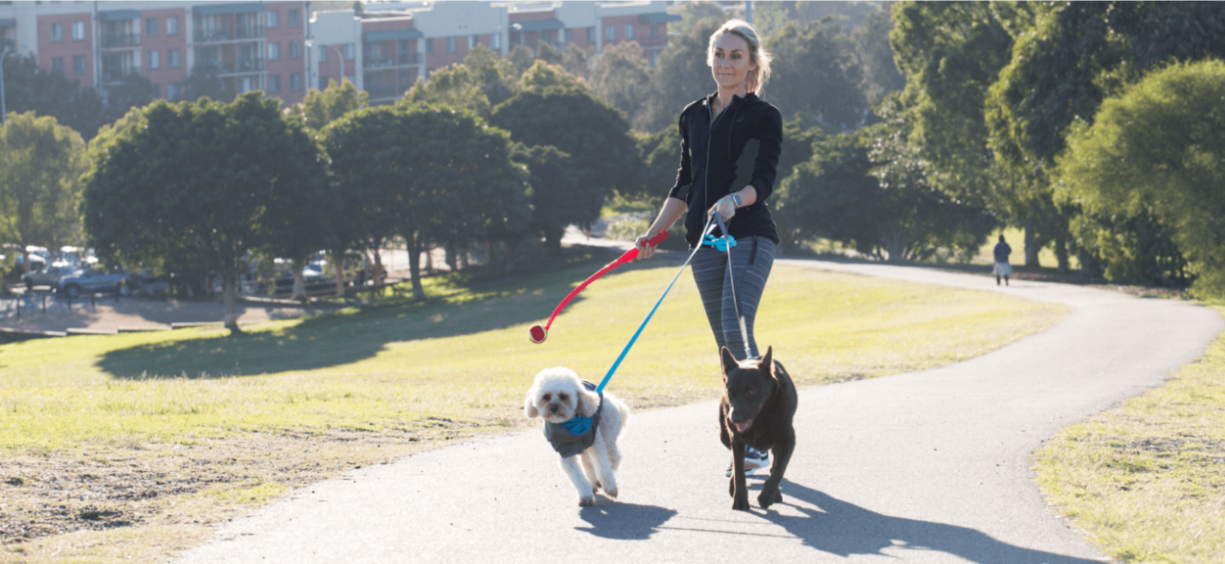
To apply this to a walking situation, start with your dog on a leash. Have treats set up in the yard or around the house. Kibble in a container that has holes in the lid works great for this. As you approach the kibble, your dog will notice the scent and move towards it. Tell them 'Leave' and wait for them to look away from the food. You may need to lure them away and then walk off the first couple of times to make sure they know what they are supposed to do.
Step 8 -Increase The Difficulty
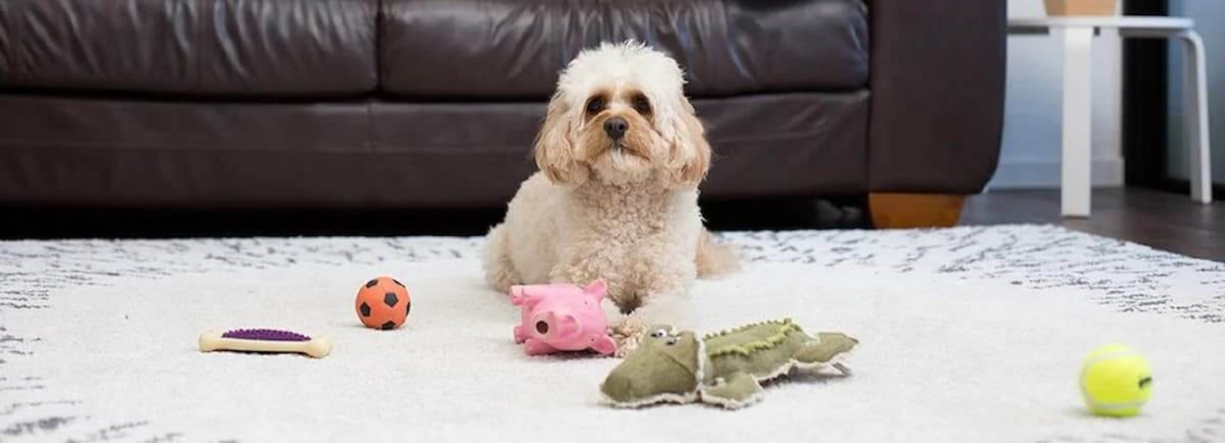
Practise this task with higher value rewards and objects, as well as in more distracting situations. When you start trying to apply the command to non-food items, you may need to review the basics with covering the object and luring your dog away until they get used to applying the command to a different situation.
Further Reading
Want to know more? Check out our Discover Page for more tips on keeping your pets happy and healthy.